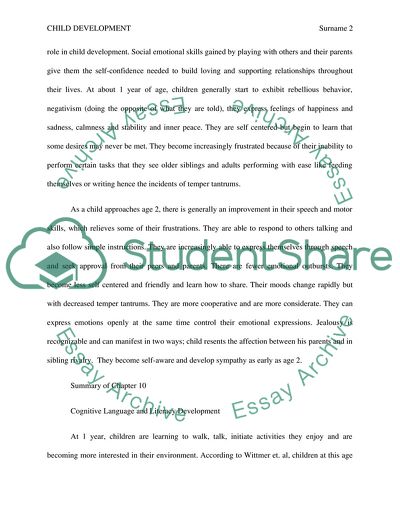Cite this document
(“Developmental Changes in Preschool Children Essay - 3”, n.d.)
Developmental Changes in Preschool Children Essay - 3. Retrieved from https://studentshare.org/education/1631330-child-development
Developmental Changes in Preschool Children Essay - 3. Retrieved from https://studentshare.org/education/1631330-child-development
(Developmental Changes in Preschool Children Essay - 3)
Developmental Changes in Preschool Children Essay - 3. https://studentshare.org/education/1631330-child-development.
Developmental Changes in Preschool Children Essay - 3. https://studentshare.org/education/1631330-child-development.
“Developmental Changes in Preschool Children Essay - 3”, n.d. https://studentshare.org/education/1631330-child-development.


